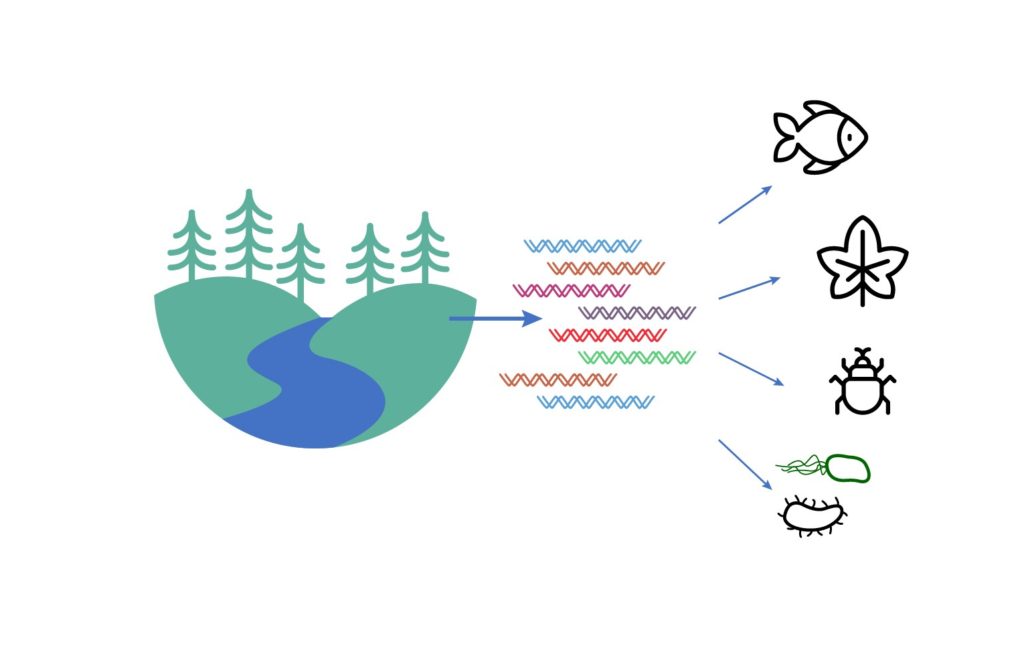Environmental DNA (eDNA) metabarcoding has emerged as a revolutionary, non-invasive method for discovering and identifying rare and endangered species across various ecosystems, with a primary focus on aquatic environments. This article explores the transformative impact of eDNA research worldwide, shedding light on its global potential to revolutionize biodiversity assessment and conservation efforts.
In recent years, the rise of eDNA studies, spanning diverse geographical locations, has unveiled intricate diversity patterns previously obscured by traditional sampling methods. The universal application of eDNA provides comprehensive insights into species composition, biomass, and abundance, crucial for informed resource management in fisheries on a global scale.
An intrinsic advantage of eDNA lies in its eco-friendly nature, ensuring minimal disruption to targeted species and their habitats during sampling procedures. By inflicting no harm to endangered species or delicate ecosystems, the technique sets a commendable standard for responsible scientific exploration.
The widespread acceptance of eDNA analysis transcends borders, playing a pivotal role in detecting the presence and absence of aquatic macrofauna, such as freshwater and marine fish, across diverse regions. This review serves as a comprehensive resource, fostering a deeper understanding of the current state of eDNA technology, with its far-reaching potential to advance biodiversity research on a global scale.
As we celebrate the global success of eDNA applications, let us explore some key examples of its use:
- Monitoring Endangered Species: Researchers have utilized eDNA to monitor the presence and distribution of critically endangered species, such as the North Atlantic right whale and the Javan rhinoceros. The method enables targeted conservation efforts to protect these rare and threatened species and their habitats.
- Aquatic Invasive Species Detection: eDNA has proved invaluable in detecting invasive species in water bodies worldwide. From zebra mussels in North America to lionfish in the Caribbean, eDNA has become an essential tool in controlling the spread of non-native species and preserving native biodiversity.
- Assessing Ecosystem Health: By analyzing eDNA from water samples, scientists can assess the overall health of aquatic ecosystems. The technique helps detect early signs of pollution, the presence of harmful pathogens, and changes in biodiversity, enabling proactive conservation and management measures.
- Forensic Applications: eDNA has found applications in forensic investigations, assisting in the identification of animal remains, which is particularly useful for wildlife law enforcement and combating illegal trade in endangered species.
- Paleoecological Research: eDNA has the potential to unlock the secrets of ancient ecosystems by analyzing sediment samples from historical sites, providing insights into past biodiversity and environmental changes.
As the scientific community joins hands to responsibly unlock nature’s enigmas through the transformative potential of eDNA, we embark on a collective journey towards a more sustainable and enlightened future for environmental science and conservation endeavors worldwide.

